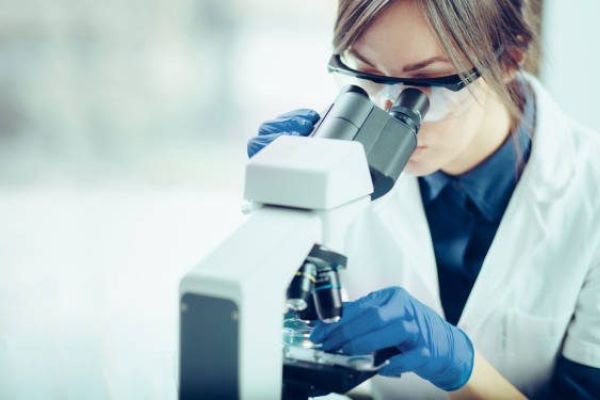Emerging biotechnologies: technology, choice and the public good
Report
Published 13/12/2012

Three particular characteristics of emerging biotechnologies present challenges for policy and governance: uncertainty, ambiguity and transformative potential.
Uncertainty
A lack of knowledge about the range of possible outcomes of a biotechnology, for example whether desired outcomes can be achieved or unintended harms can be avoided, or the likelihood of each coming about. (Uncertainty is distinguished from quantifiable risk, where both the range of outcomes and the likelihood of their occurrence are predictable with a reasonable level of confidence).
Ambiguity
The implications and products of biotechnologies mean different things to different people and in different contexts, and may be valued in different ways. An appreciation of the different meanings of ‘harm’ and ‘benefit’, for example, as well as whose ‘harms’ and ‘benefits’ are allowed to count and how these are distributed, may be an important condition of ethical decision making.
Transformative potential
Emerging biotechnologies have the potential to change common ways of life and open up entirely new ranges of possibilities. Transformative effects may operate not only at the level of what can be made or done, but also affect the way in which the future may be thought about or imagined.
The way in which questions of governance are framed may have a significant effect on the conditions that select and shape the biotechnologies that result. ‘Framing’ is necessarily partial and may distort or exclude some perspectives on meaning and value.
When commitments to technological pathways are being considered, it is important that these characteristics of biotechnologies should be explicitly recognised, and appropriate caution should be exercised [Chapter 3].

Share